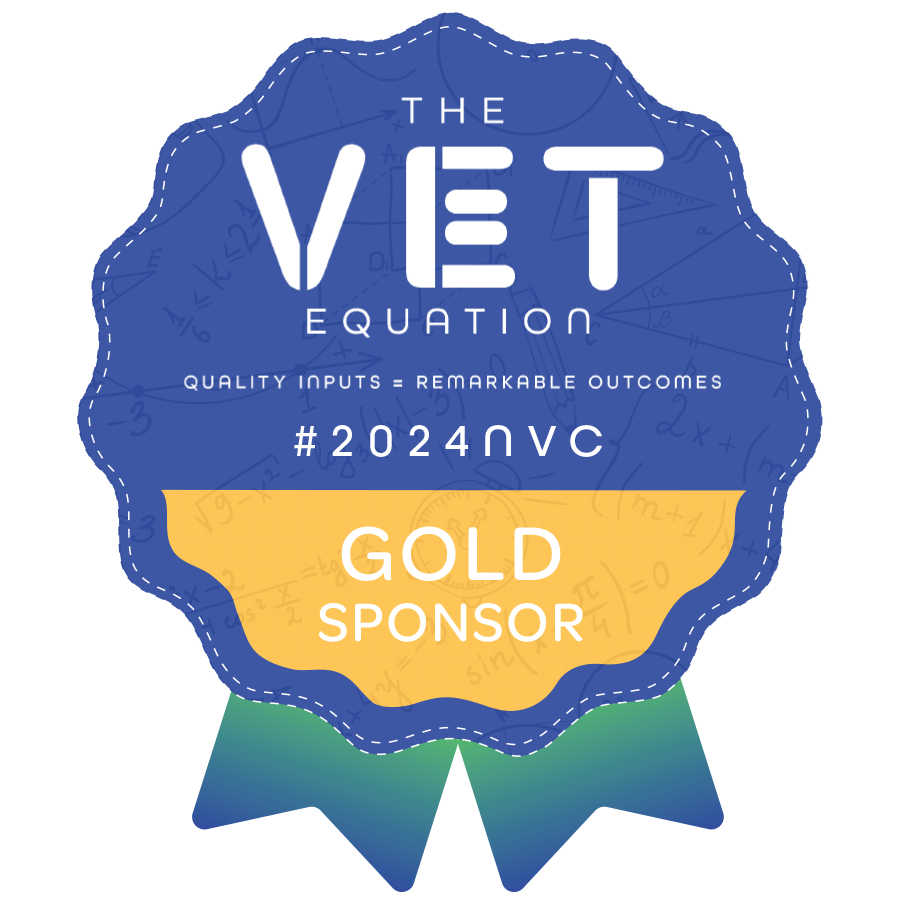Revising the Standards for RTOs
On October 16th, DEWR published the “Development of the Draft Revised Standards for RTOs Paper” as part of the broader reforms currently being undertaken across the VET industry.
Why revise the Standards for RTOs?
The intention of revising the Standards is apparently to place a stronger emphasis on achieving high-quality outcomes for both learners and employers, as well as provide greater clarity to RTOs and regulators.
Solid standards have been sorely lacking in the past, which has created confusion between VET providers, assessors and ASQA.
Draft versions of the revised Standards have been developed. This latest version considers feedback from various stakeholders, sector-specific analyses, expert evaluations, and comprehensive research.
These draft revisions propose significant changes to the structure and content of the Standards. It’s important to note that this isn’t a simple rewording of the Standards. This is a complete restructure of the Standards for RTOs.
In theory, the revised Standards will establish a more transparent and direct correlation between the requirements for RTOs and the specific outcomes they are expected to produce.
The revised Standards are being piloted in late 2023 and the Credential Policy is still in development. It is expected that the finalised Standards will be released in early to mid-2024 and take effect from January 2025.

The nuts and bolts of the revised VET provider guidelines
The revised Standards for VET accredited courses have been reduced from 38 to 25 clauses. At the same time, the clauses have been made more prescriptive based on industry feedback, which should create better clarity for VET providers and assessors.
The RTO Standards will be consolidated into three separate documents:
- The Standards – a legislative instrument which outlines outcome-focused requirements that go to the heart of quality training and assessment.
- A Credential Policy – a policy document approved by Skills Ministers. It operates alongside the Standards and outlines the credentials required for delivering training and assessment and undertaking validation of assessment.
- Compliance requirements – administrative requirements set out in a legislative instrument that supports integrity in the sector and must be met by RTOs to maintain registration.
There are now 25 Standards across four quality areas. This is a streamlined version of the original consultation draft. Each of the four areas has also undergone minor changes to improve clarity:
- Training and assessment – the revised Standards now include stronger VET provider guidelines about the quality of training products. This is a major win for the industry.
We have also retained the concept of validity as a rule of evidence.
Unfortunately, we still have RPL and credit transfer rolled into one, which will only create confusion. All we can do is help VET providers navigate the new requirements and apply the correct testing methods for RPL and credit transfer.
- Learner support – gone is the requirement to provide support for individual learners’ needs. While this was well-intentioned, it was far too broad and would have placed too much strain on VET provider resources.
- VET workforce – changes to the Standards will address the shortage of trainers, but removing the requirement for trainers to have industry experience may be a mistake. For a document that’s supposed to improve outcomes for learners in the VET industry, lowering trainer requirements may have the opposite effect.
- Governance – overall, the changes to governance are okay. The new standards are clearer and they’re more responsive to the diverse governance arrangements among VET providers.
Confusion surrounding the validation of assessment requirements
One of the main features of the revised Standards is a shift to outcome-based requirements. The VET industry has long had a problem with delivering low-quality materials that don’t allow learners to achieve real-world skills that will support them in their careers.
In revising the Standards, ASQA has shifted away from “validation of assessment” and towards “testing” of assessment. The change in RTO Standards is one we don’t like – it runs counter to the existing documentation about the validation of assessment and will only complicate the process. If the intention was to make the standards for VET regulators easier to follow, this would have the opposite effect.
It gets worse because they’ve now introduced the following requirement:
“the person(s) undertaking validation must be independent, not be employed or subcontracted by the RTO to provide training and assessment and have no other involvement or interest in the RTO’s operations”
This will only serve to make it more difficult (and expensive!) to validate assessment. The intention is understandable, given the new focus on outcomes, but this will only complicate the process for VET providers.
What the revised Standards mean for RTOs
RTOs will need to analyse the requirements of the revised Standards and update their new systems and processes accordingly.
Rest assured that RTO Works will be able to assist you with all your needs relating to the revised Standards. This includes interpreting required changes to your systems and processes and/or providing you with our RMS that will meet the requirements of the revised Standards once they are released.
Need help? Our Internal Audits are a great way to ensure your RTO remains compliant and is ready for the release of the new Standards.
Talk to us about our RTO consulting services to find out more.

Sally is a leading expert in vocational education and training (VET), with over 20 years dedicated to guiding RTO, CRICOS, and ELICOS providers in achieving and maintaining compliance. As a former auditor and a member of the Training Package Quality Assurance Panel, Sally understands the intricate demands of registration, compliance, and quality assurance.
Her commitment to excellence has driven her to develop high-quality learning and assessment resources that empower training organisations to focus on delivering outstanding student outcomes. Known for her keen eye for detail and comprehensive approach, Sally continues to support VET providers and industry stakeholders with unparalleled expertise and progressive insights.




